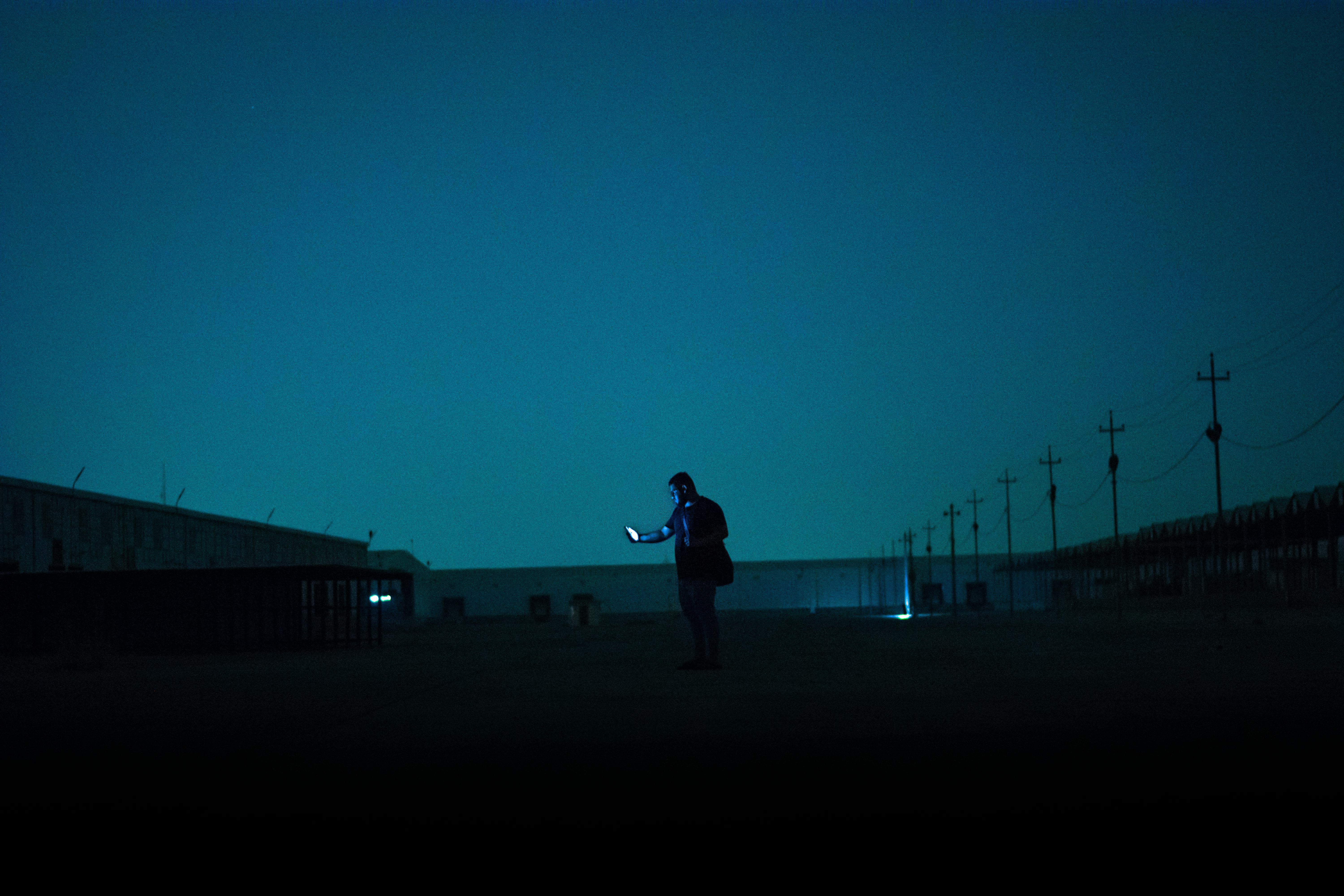One-sided love can be a complex emotional experience that varies greatly in how long it lasts. Some people hold onto unreciprocated feelings for years, while others find ways to heal and move on sooner.
Understanding the factors that influence the duration of one-sided love can help you manage your emotions and make healthier decisions.

Photo by Jonathan Borba
How Long Can One-Sided Love Continue
The length of time one-sided love endures depends largely on individual circumstances and emotional resilience. Some remain attached due to hope or fear of change, while others gradually detach through closure or new connections.
Factors such as personal self-awareness, social support, and life events can shorten or extend the experience. For example, someone who actively seeks closure or accepts the reality of the situation may move forward faster.
On the other hand, those who idealize the person or fear loneliness might hold onto their feelings indefinitely. Recognizing this variability is the first step toward managing one-sided love effectively.
Recognizing When It’s Time to Let Go
Knowing when to release one-sided love is challenging but vital for emotional well-being. It requires honest reflection and courage to prioritize yourself.
Several clear signs can guide this decision, such as persistent lack of reciprocation or emotional harm caused by holding on.
Being mindful of these indicators helps prevent prolonged suffering and opens the door to healthier relationships and self-growth.
Absence of Mutual Feelings
If you have openly communicated your feelings and received no indication of mutual interest, that is a significant signal. Continuing to wait without response often leads to unnecessary pain.
At this stage, it’s practical to start redirecting your emotional energy toward self-care or other meaningful connections.
Feeling Emotionally Drained
One-sided love can deplete your emotional reserves, leaving you exhausted or anxious. Continuous emotional turmoil impacts mental and physical health.
When love causes persistent stress rather than joy, it is a clear cue to reassess your involvement and consider stepping back.
Obsessive Behaviors That Harm Your Life
Obsessive actions like constantly checking social media or neglecting responsibilities indicate unhealthy attachment. This can interfere with daily routines and personal happiness.
Setting boundaries and limiting exposure to triggers can help restore balance and reduce obsession.
Interference with Personal Development
If your focus on one-sided love stops you from pursuing goals or forming new relationships, it’s time to reevaluate. Your growth and dreams deserve attention and care.
Redirecting your efforts toward self-improvement can reignite motivation and open new possibilities.
Repeated Denials from the Other Person
Facing multiple rejections despite expressing yourself can harm your self-esteem. Continuing under these conditions is often emotionally damaging.
Accepting this reality allows you to protect your dignity and seek healthier connections forward.
Changes in Life Circumstances
Significant changes like the other person entering a new relationship or relocating can alter your situation. These shifts often signal a natural point to move on.
Adapting to new realities helps you avoid prolonged attachment to an unviable relationship.
Input from Trusted Friends and Family
Outside perspectives can provide clarity when emotions cloud judgment. Listening to supportive loved ones can help you see when it’s time to let go.
They can remind you of your worth and encourage steps toward healing.
Maintaining Your Self-Respect
If staying attached compromises your dignity or leaves you feeling unvalued, it’s essential to prioritize self-respect. Healthy relationships honor mutual recognition and care.
Choosing to leave situations that undermine your self-worth is a powerful act of self-love.
Reasons to Leave One-Sided Love Behind
Remaining in an unreciprocated relationship can bring numerous negative consequences. Identifying these impacts can motivate positive change.
Recognizing the toll on your emotional and mental health encourages healthier choices for your future.
Emotional Fatigue and Burnout
Investing emotions without return often results in deep fatigue and resentment. This emotional imbalance drains your energy and happiness.
Prioritizing your emotional needs helps restore vitality and joy.
Decline in Self-Esteem
Feeling undervalued can chip away at your confidence over time. One-sided love often erodes your sense of worth.
Focusing on relationships that uplift and respect you supports rebuilding self-esteem.
Increased Stress and Anxiety
Uncertainty and longing create anxiety that affects well-being. Reducing this stress requires stepping away from harmful emotional patterns.
Engaging in stress management and seeking support can alleviate these feelings.
Obstruction of Personal Progress
Devoting energy to unbalanced affection can limit your personal and professional growth. Giving yourself space to grow is essential for fulfillment.
Redirecting focus to your ambitions encourages positive momentum.
Risk of Emotional Stagnation
Staying stuck in one-sided love may cause missed chances for meaningful relationships. Opening up to new experiences fosters emotional renewal.
Allowing yourself to move forward increases the likelihood of finding mutual love.
Strategies to Cope with Unreciprocated Love
Dealing with unreturned feelings requires intentional actions to heal and grow. Applying practical approaches can ease the pain and rebuild hope.
Proactive steps can guide you toward emotional recovery and new beginnings.
Seeking Professional Support
Therapy or counseling offers a safe space to explore your emotions. Professional guidance can provide tools to cope effectively.
Therapists help you understand the roots of your feelings and develop healthy coping mechanisms.
Engaging in New Activities
Exploring hobbies or interests shifts focus away from pain. Participating in social or creative pursuits enriches your life.
New experiences can boost confidence and create opportunities to meet others.
Sharing Your Feelings with Trusted People
Opening up to friends or family lightens emotional burdens. Expressing your thoughts helps you process and feel supported.
Having a support network is vital during emotional challenges.
Allowing Time for Healing
Patience is crucial as you recover from unreciprocated love. Healing is a gradual process that requires kindness toward yourself.
Respecting your timeline prevents rushing into new relationships prematurely.
Being Open to Future Opportunities
Remaining receptive to new relationships and experiences fosters growth. Adjusting your mindset opens doors to mutual affection and happiness.
Embracing change allows you to build healthier connections moving forward.

Photo by Zanyar Ibrahim
Moving Beyond One-Sided Love
Letting go of unreciprocated feelings is a significant step toward personal freedom. It empowers you to reclaim your emotional well-being and pursue fulfilling relationships.
By recognizing when to move on and adopting supportive strategies, you create space for growth and joy.

Photo by Ba Tik
Example of Learning to Let Go
Sarah had admired her colleague for years without expressing her feelings. After finally sharing her emotions, she realized the interest was one-sided. Initially, she struggled with disappointment and continued to obsess over every interaction.
Recognizing the impact on her work and mood, Sarah sought therapy and began attending art classes. This shift helped her regain confidence and meet new friends. Over time, her fixation faded, replaced by a focus on personal goals and happiness.
This journey shows that acknowledging reality and investing in yourself leads to healing and new opportunities.
Story of Finding New Love After Letting Go
Mark spent months pining for a friend who did not reciprocate his feelings. Despite his efforts, rejection was clear. Friends encouraged him to explore new social activities, so he joined a local hiking group.
Through hiking, Mark connected with people who shared his interests, including someone who valued him deeply. This new relationship blossomed naturally, demonstrating that moving on can open doors to mutual love.
Mark’s experience highlights the importance of stepping away from one-sided love to embrace fresh possibilities.
Final Thoughts on One-Sided Love Duration
The duration of one-sided love is unique to each person but often depends on awareness and action. Recognizing signs that it is time to move on protects your emotional health.
Using practical strategies to cope and grow enables you to transition toward fulfilling, mutual relationships. Remember, your feelings are valid, and choosing self-respect and growth is the path to a brighter future.


